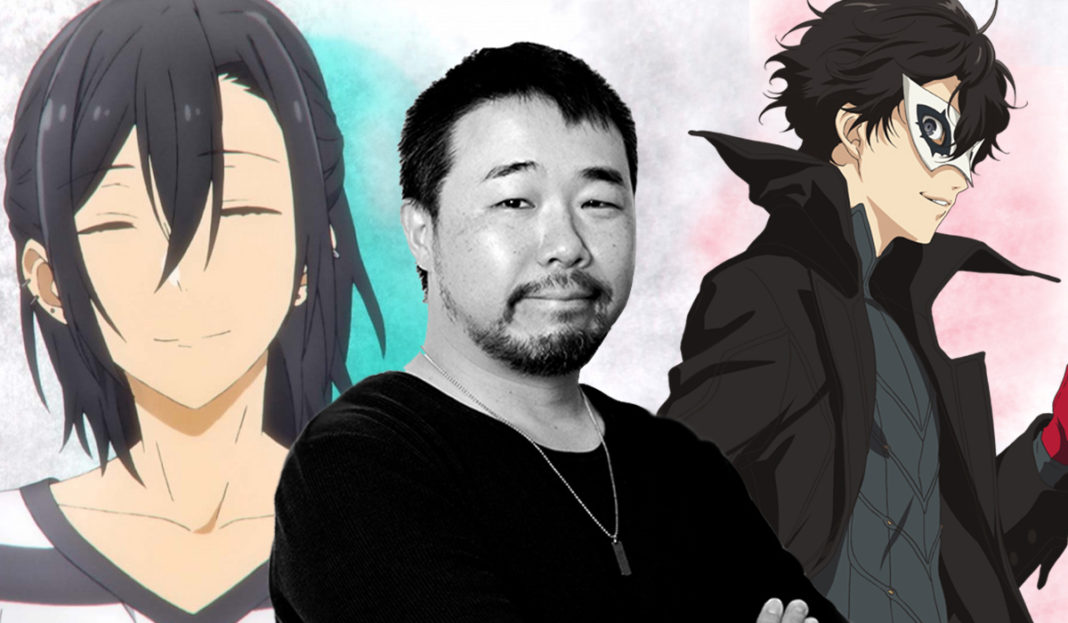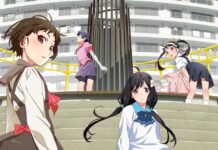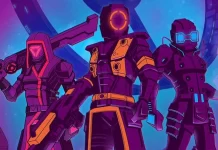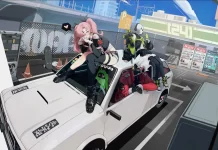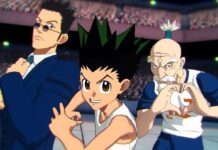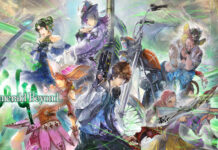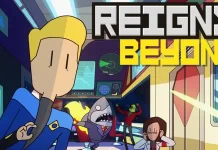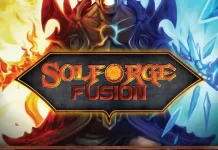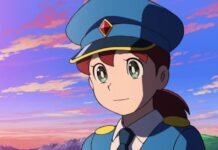[INTERVIEW] Ishihama, director of Horimiya and Persona – It is with great pleasure that we announce our exclusive interview with the Japanese director and animator, Masashi Ishihama. In this interview, the director talked more about the new anime Horimiya, the animation of Persona, and more curiosities about his works.
Ishihama-San is also the key animator in the first episode of Psycho-Pass, the animation director for the movie Toki o Kakeru Shōjo, as well as having participated in works such as Code Geass (2008) and Shigatsu wa Kimi no Uso. Check out the full interview.
1) First of all, thank you very much for accepting our invitation. Our readers certainly know you, but could you please tell us how did you get into the anime industry?
I got into animation in my third year of junior high school, when I went to our school festival and watched an animation produced by students in my grade. One of my close friends was in the group that created the animation and they showed me different books and videos for me to learn more about animation.
I had an 8mm camera at home, so I started drawing and capturing videos of my own animations. All of them were about big battles with lasers and explosions.
After that, I went to a vocational school, which is when I saw a recruitment ad in an anime magazine. The rest is history.
2) Persona 5 Strikers was just released in Brazil (February 2021). Talking about your work with Persona 5 The Animation, we would like to know the main difficulty you faced when adapting the plot of a game.
There are lots of types of games out there, but the main challenge of Persona 5 is that the player is the main character of the story. I feared that adapting it into a non-interactive experience would change the vibe of the story, but I was lucky to have a production team who was accustomed to turning these types of games into stunning anime series. Another challenge was editing down the game’s huge volume of dialogue to keep it compact, but effective and entertaining.
The game also has anime cutscenes within it, which made me worry more about how to best adapt its already-animated content into a TV anime series. Fans want to see the game adapted “as-is” or “even better than the original” when watching it as an anime, but we’ve only got so much time in our production schedule to accomplish that, so we struggled to get everything in just right and in time.

3) Is it true that you memorized all the lyrics of the openings and endings that you direct while you are producing the storyboards? We would like to understand your creative process when creating openings and endings.
I love the music, so I wanted the opening animation to follow along with the rhythm of the song and the lyrics. I want the audience to feel like they’ve fallen into the world of Persona just by listening and watching the OP. Moreover, I wanted the characters to look really cool.
4) Talking about Horimiya, this manga has been around for about 10 years and is now coming to an end. What were the main difficulties/challenges you faced directing this plot?
It wasn’t difficult to direct at all. Our main staff members gave me ideas for how to balance out the content amongst our set number of episodes, and we found the perfect people to head up each section of Horimiya. I was so grateful to have such a solid foundation; it meant we could create something that truly respected the original work.
I’m not sure if this would count as ‘difficult’, but with the original work being written ten years ago, I wasn’t sure if anime fans nowadays would accept this ‘older’ world being put on display. However, when we discussed it, we all came to the conclusion that we had to present the story and world as-is, after which, my worries completely disappeared.
5) When you started directing Horimiya, did you have to follow any special requests from the authors?
The authors didn’t provide many specific instructions, but they did give us plenty of great feedback on what we were creating. I think the reason for that was the original itself was complete enough to give us the direction we needed for the project. This really drove our exploration at the start of the project: if we had questions, the answer was right there.
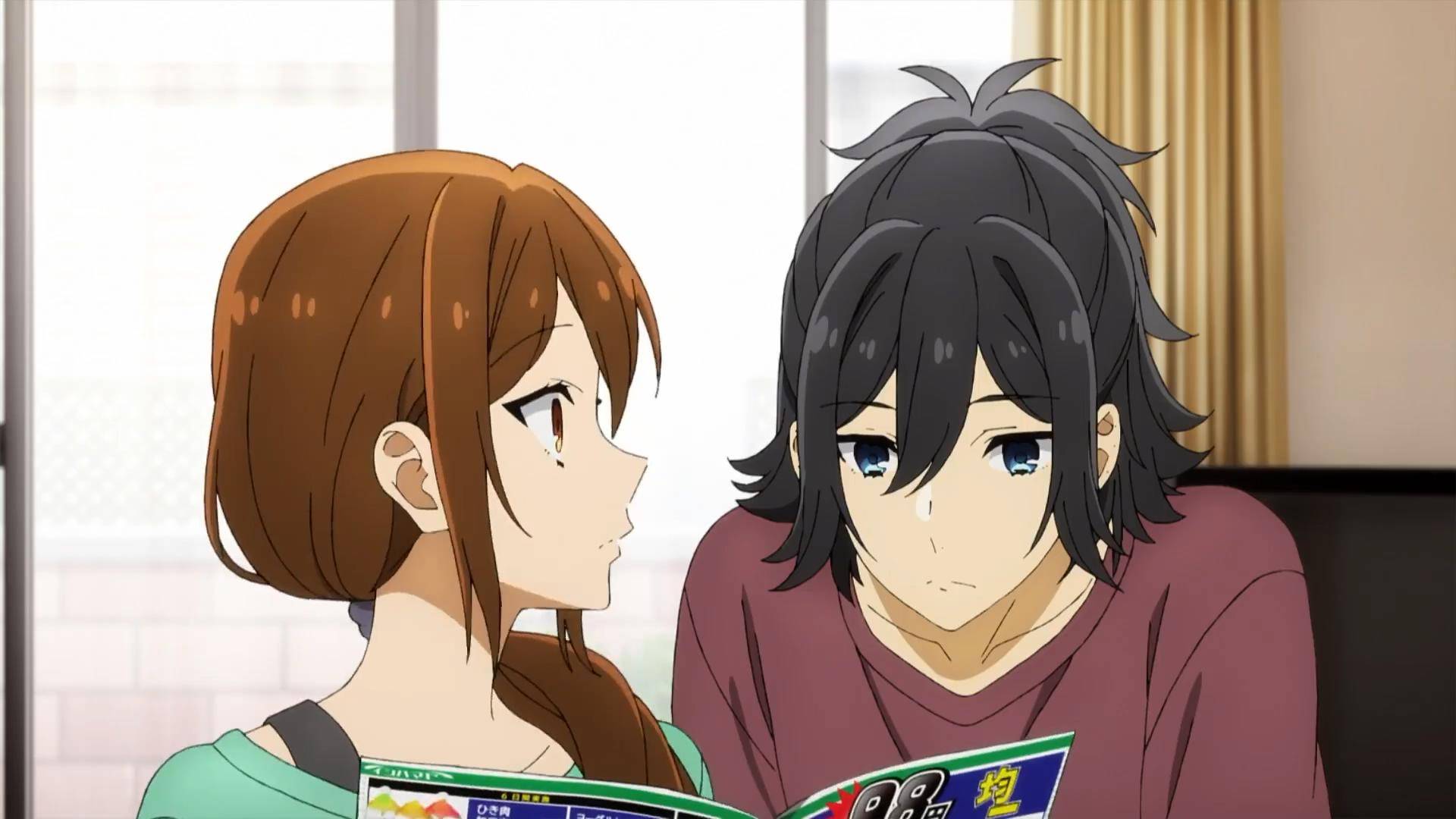
6) By watching your previous works, we can see the special care you have taken with colors and photography. Horimiya is a prime example of the utilization of your photography style when creating memorable moments for the main scenes. That sets a precedent on your animator career, which started with Douga and Genga. We would like to know how those experiences helped you shape your directing skills, especially when talking about post-animation?
The anime produced around the time I started anime had a much wider range of expression than you see in anime nowadays, so I was able to experiment more with the timing, screen composition, and cuts of different scenes and shots. It also helped me learned more about how to reflect physical feelings and emotions into animated pictures. I’m also quite interested in how color can affect the audience’s interpretation of scenes, and I think I’ve learned a lot about that through my past experiences.
To be honest, I think most of my skills as a director were cultivated and grown during those days I spent as an animator.
7) Would you like to send a message to your Brazilian fans?
I might be making anime here in Japan, but knowing there are so many people enjoying it outside of Japan on the other side of the world makes making anime all the more fun and exciting. I would love to visit Brazil one day and share that excitement with you directly! Thank you so much!
It was such a pleasure talking to Ishihama-San! There’s many more questions we’d like to ask him, but alas, time is of the essence. We hope you enjoyed this Interview as much as we did.
We would again like to thank Ishihama-San for the time given and also Funimation. We hope you enjoyed this content and do not forget to access O Megascópio for more exclusive interviews.
Horimiya’s anime is now available subtitled on the Funimation platform here in Brazil.
